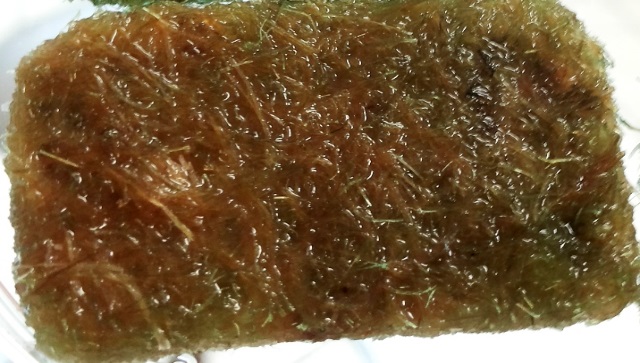
Analyse d’éléments traces métalliques, terres rares et majeurs par ICP AES et MS
Les spectromètres ICP AES et MS de l’unité technique Analyse Élémentaire constituant la plateforme Analyses Chimiques Environnementales du laboratoire Chrono-environnement ont été acquis en 2011, grâce au soutien financier du DIPEE Bourgogne Franche-Comté. Ils sont utilisés pour la mesure qualitative et quantitative d’une grande variété de contaminants, d’origine naturelle ou en lien avec une activité anthropique (industrialisation intensive, développement des transports et des activités de production d’énergie et de combustion, épandage agricole de boues de stations d’épuration…) présents dans divers compartiments environnementaux comme l’eau, le sol, les sédiments… Nadia Crini, ingénieur de recherche en chimie analytique, nous explique en quelques mots comment sont utilisés ces instruments.

Nadia Crini : « Les spectrométries optique et de masse à plasma à couplage inductif sont des techniques incontournables permettant l’analyse environnementale multi-élémentaire. Ces spectromètres permettent de répondre à diverses thématiques phares de recherche actuelles comme l’étude des perturbations de l’environnement engendrées par la présence de contaminants, seuls ou en cocktail, leur traçage dans la chaine alimentaire ou les réseaux trophiques, l’évaluation de leur toxicité ou encore la mise en œuvre de procédés d’élimination (remédiation). »
De nombreuses publications scientifiques issues de ces travaux de recherche sont produites chaque année. Ci-dessous deux extraits de publications.
S. Loiacono, G. Crini, B. Martel, G. Chanet, C. Cosentino, M. Raschetti, V. Placet, G. Torri, N. Morin-Crini (2017). Simultaneous removal of Cd, Co, Cu, Mn, Ni and Zn from synthetic solutions on a hemp-based felt. Part II: Chemical modification, Journal of Applied Polymer Science, 134, 45138-45151.
“The performance of a hemp-based material in felt form used as an adsorbent for removing the metals from aqueous mixtures of Cd, Co, Cu, Mn, Ni and Zn was improved by a chemical pretreatment. A modified hemp dosage of 1 g was able to remove 13.91 mg of metals in 100 ml of solution at a concentration of 25 mg/l for each metals.”



J. Bailly, B. Faivre, N. Bernard, M. Sage, N. Crini, V. Driget, S. Garnier, D. Rieffel and R. Scheifler (2017). Multi-element analysis of blood samples in passerines species: excesses or deficiencies of trace elements in an urbanization study. Frontiers in Ecology and Evolution, section Urban Ecology, 5:6, 1-9.
“This study brings new data about plasmatic concentrations of various essential elements in birds from urban and forest habitats and their potential effects on nestling body mass and condition.”
“The plasma concentration of Ca, Cu, Fe, P, Si and Zn were lower in urban nestlings than in forest individuals, whereas the Mo concentrations were higher in urban nestlings than in forest ones. K, Mg, Na, Pb and Se concentrations did not differ between the urban and forest populations of Great tits.”
